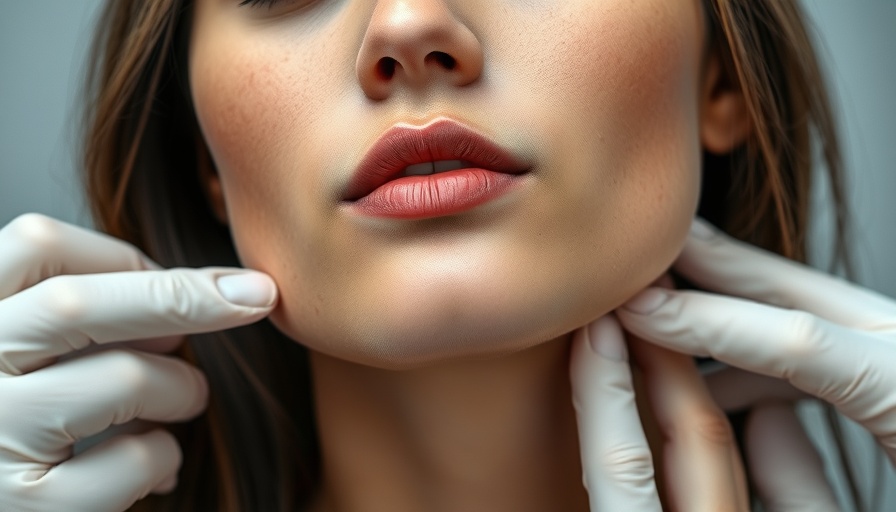
Understanding Chronic Hand Eczema: A Deep Dive
Chronic hand eczema (CHE) is more than just a skin condition; it significantly impacts the quality of life for many affected individuals. This is particularly evident in work-related scenarios where the hands are essential tools for daily tasks. The emotional burden of CHE cannot be overlooked, as recent research highlights the psychological strain it places on patients, who often face stigma and discomfort in their professional lives. An effective management strategy is vital to address both the physical and emotional challenges of this condition.
Why Early Intervention Is Crucial in CHE Management
Early and aggressive therapy in the management of chronic hand eczema is crucial. Studies suggest that timely treatment not only alleviates immediate symptoms but also reduces the long-term risk of complications and improves overall patient well-being. By initiating therapy promptly, dermatologists can significantly enhance the quality of life for patients, empowering them to engage fully in their personal and professional lives without the debilitating distractions of discomfort.
Association of Work-Related Chronic Hand Eczema and Emotional Burdens
Research has shown that CHE is often associated with significant emotional burdens, particularly in corporate professionals. A study conducted in Germany found that patients with work-related eczema experienced heightened stress levels and mental health challenges due to their condition. This emotional toll underscores the importance of considering psychological aspects when developing treatment plans, suggesting that comprehensive care should involve mental health support alongside dermatological therapies.
Advancements in Understanding CHE Pathophysiology
In recent years, researchers have made significant strides in understanding the pathophysiology of chronic hand eczema. Investigating the underlying biological mechanisms allows for the development of more targeted therapies that can address the specific causes of CHE. As research continues to evolve, collaboration among dermatologists, researchers, and healthcare professionals will be essential in identifying innovative interventions that effectively meet patient needs.
Collaboration as a Catalyst for Effective CHE Interventions
The fight against chronic hand eczema requires a united front. Through collaboration, healthcare professionals can share insights, treatment methodologies, and patient experiences. This multidisciplinary approach not only facilitates innovation in treatment protocols but also enhances the overall understanding of chronic hand eczema, ultimately contributing to better outcomes for patients.
Key Takeaways for Patients and Practitioners
Patients and practitioners alike can benefit from understanding the complexities of chronic hand eczema. Key takeaways include recognizing the emotional aspects of CHE and the necessity of timely intervention. For patients, knowledge is empowering; understanding the implications of their condition can enhance self-advocacy in seeking comprehensive treatment. For practitioners, being aware of the emotional burdens their patients face can inform more empathetic care approaches.
The ongoing conversations surrounding chronic hand eczema highlight the need for continuous education and awareness within the dermatology landscape. For those affected by CHE, seeking help from knowledgeable professionals and engaging in open dialogues can lead to improved management and support.
Take The Quiz! Test Your Dermatology Knowledge on CHE
Do you think you have what it takes to pass the Dermatology Times Spot Test? Participate in our interactive quiz series to evaluate your understanding of chronic hand eczema and stay updated on the latest research and treatment trends. Engaging in quizzes not only tests your knowledge but also keeps you informed about advancements in dermatologic care.
 Add Row
Add Row  Add
Add 




Write A Comment